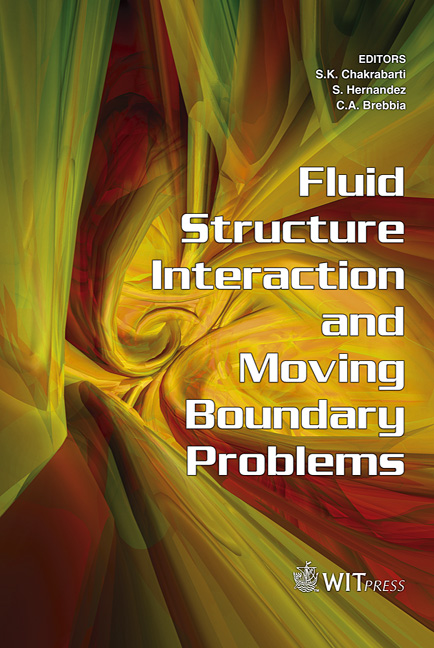Analysis Of Hydrodynamic And Transport Phenomena In The ‘R´ıa De Arousa’: A Numerical Model For High Environmental Impact Estuaries
Price
Free (open access)
Transaction
Volume
84
Pages
11
Published
2005
Size
2,856 kb
Paper DOI
10.2495/FSI050561
Copyright
WIT Press
Author(s)
F. Navarrina, I. Colominas, M. Casteleiro, L. Cueto-Felgueroso, H. G´omez, J. Fe & A. Soage
Abstract
In this paper, a numerical model for the simulation of the hydrodynamic and of the evolution of the salinity in shallow water estuaries is presented. The mathematical model consists of two coupled systems of differential equations: the shallow water hydrodynamic equations (that describe the evolution of the depth and of the velocity field) and the shallow water advective-diffusive transport equation (that describes the evolution of the salinity level). Some important issues that must be taken into account are the effects of the tides (including that the seabed could be exposed), the volume of fresh water provided by the rivers and the effects of the winds. Thus, different types of boundary conditions are considered. The numerical model proposed for solving this problem is a second order Taylor–Galerkin Finite Element formulation. The proposed approach is applied to a real case: the analysis of the possible effects of dredging Los Lombos del Ulla, a formation of sandbanks in the Arousa Estuary (Galicia, Spain). A number of simulations have been carried out to compare the actual salinity level with the predicted situation if the different dredging options were executed. Some of the obtained results are presented and discussed. 1 Background Los Lombos del Ulla is a natural formation of sandbanks, lying downstream the Ulla River, within the tidal Arousa Estuary (La Ra de Arousa) in Galicia (northwestern region of SPAIN, EU). Figure 1 shows the whole estuary. The Ulla River
Keywords





